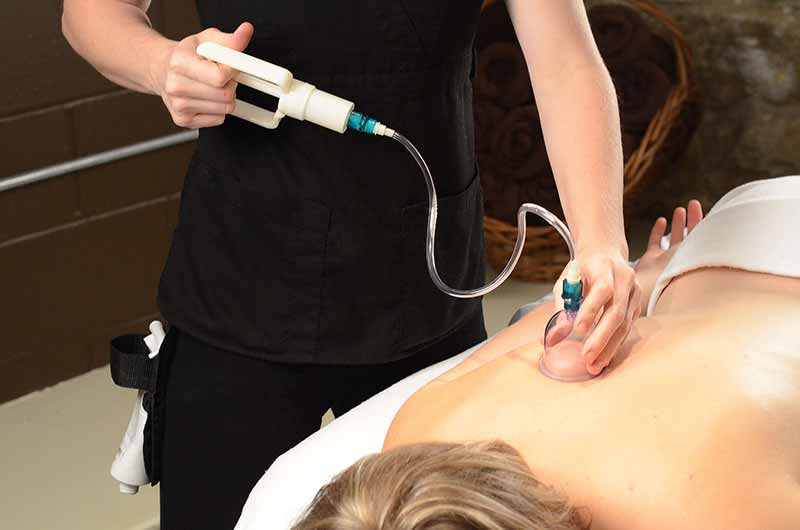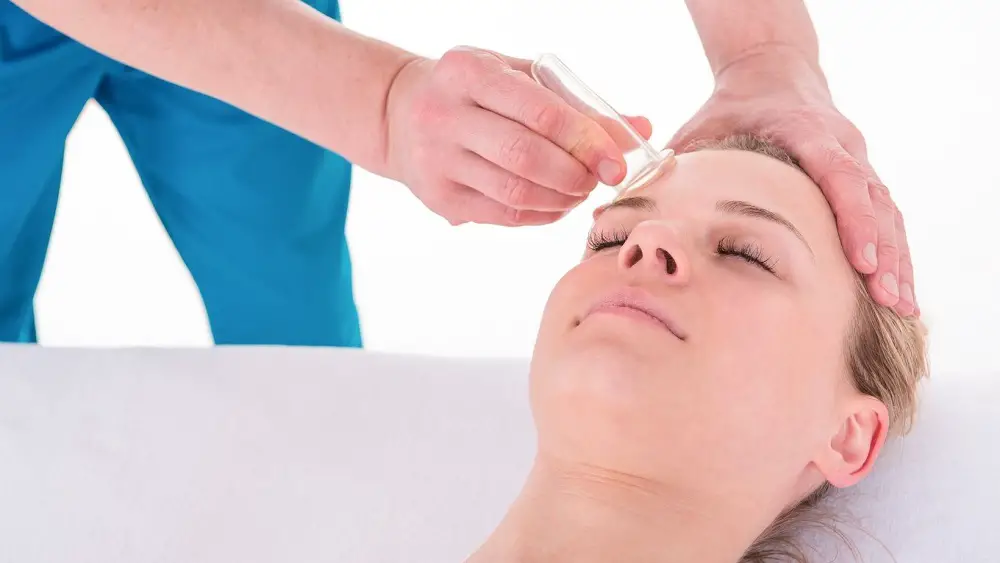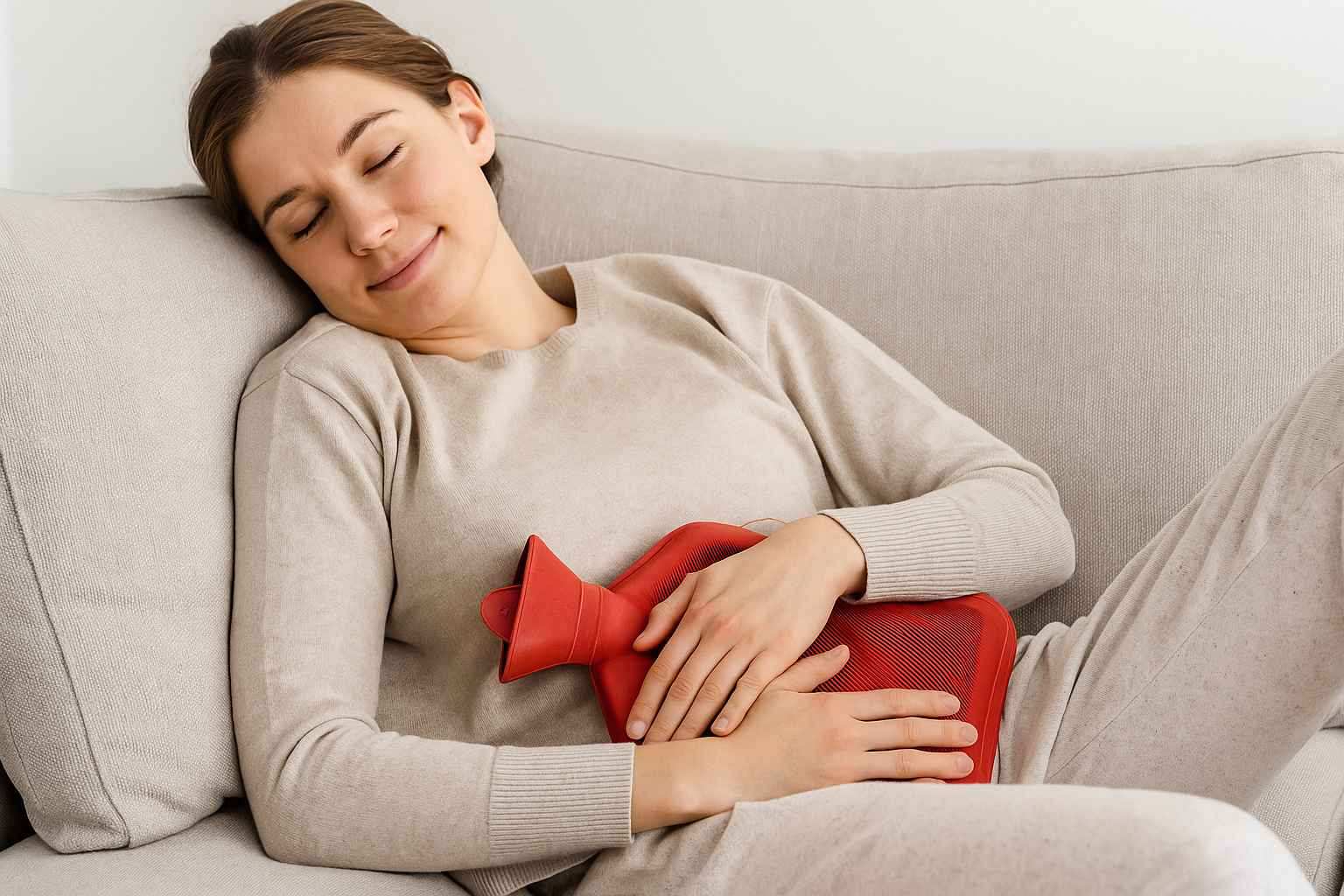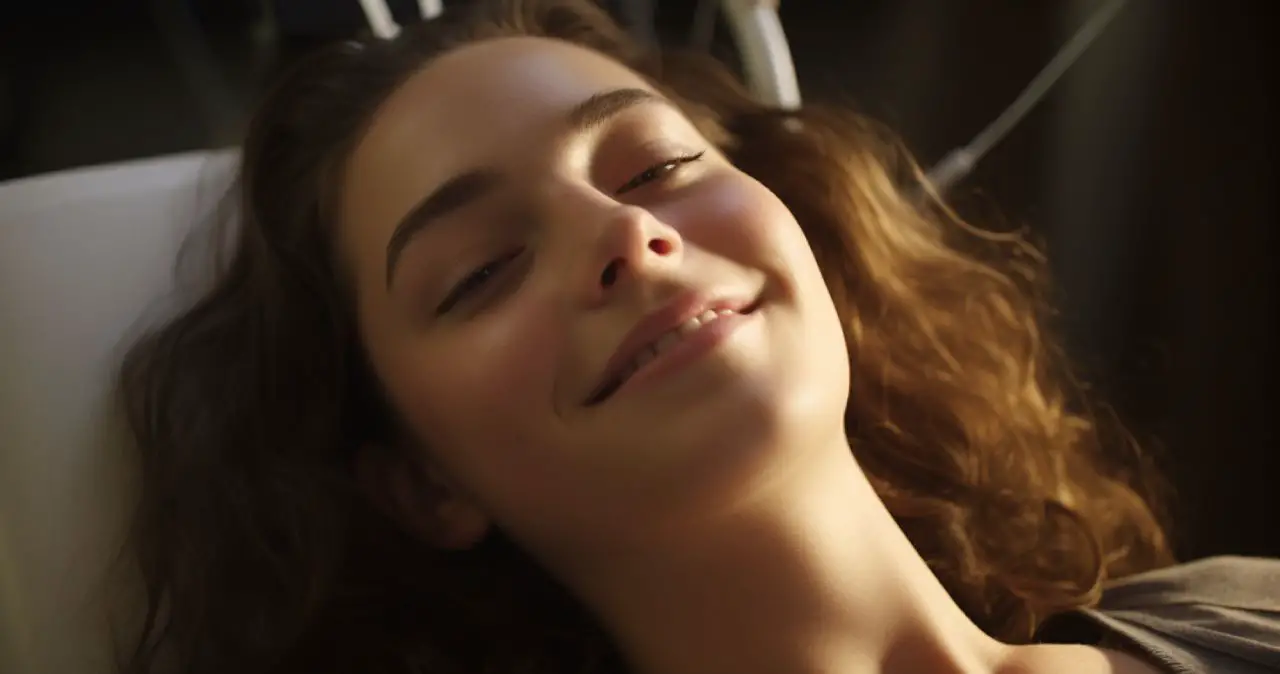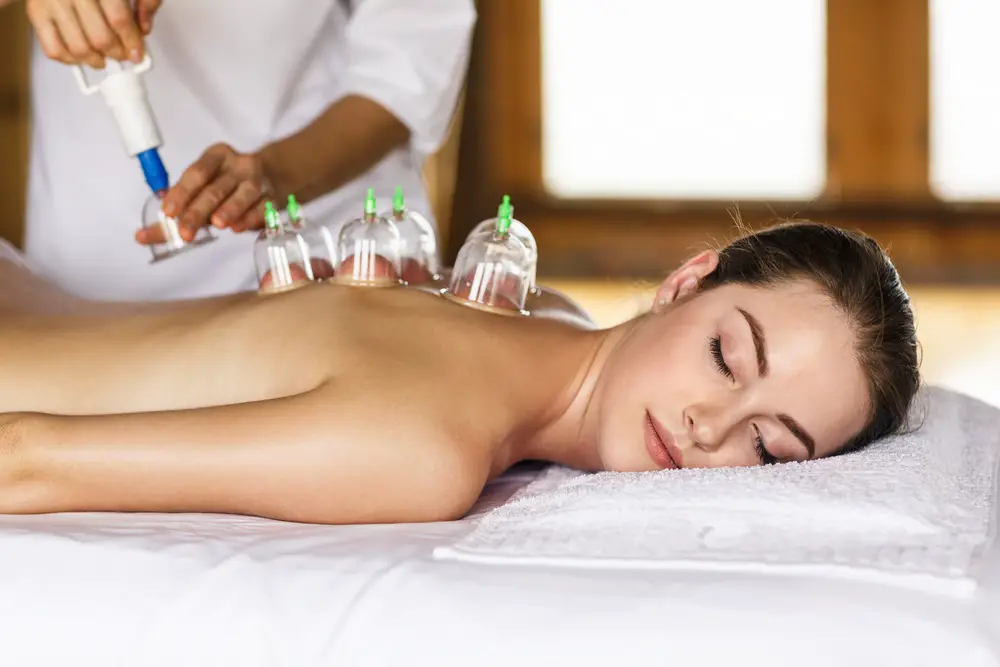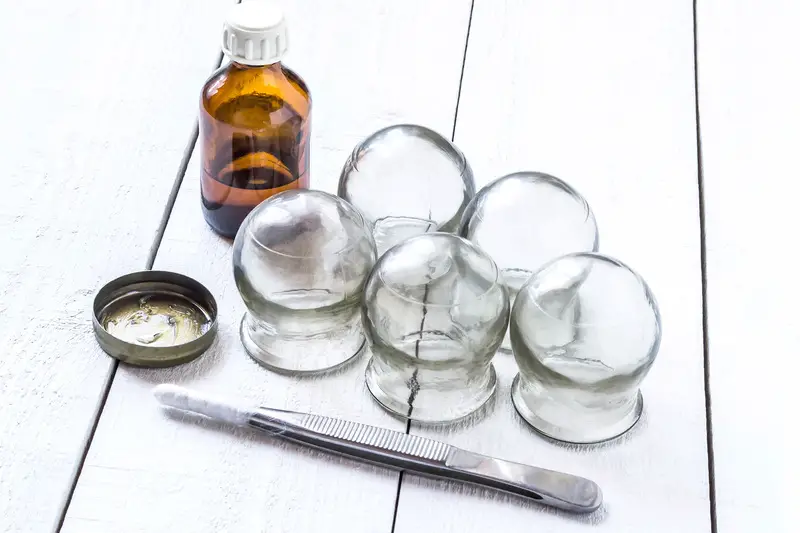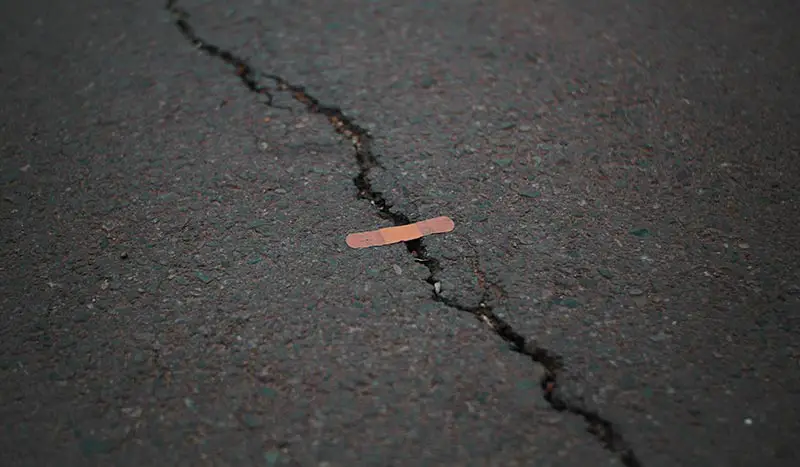In this article, you’ll know what not to do after cupping therapy so that you can maximize its benefits.
If you’re looking for a method to relieve your body from a lot of pain and feel super comfortable at the same time, cupping therapy is your way to go.
To make the most out of the cupping therapy, you need to make sure that you couple it with an after-care plan. So what does cupping do? And what to avoid after the session? Let’s find out!
What is Cupping Therapy?
Cupping therapy is one of the alternative therapy methods used in Traditional Chinese Medicine and aims to regulate the flow of Qi energy in the body.
The method involves using special jars or cups to apply negative pressure. This creates a suction power that draws the skin into the jar, causing a highly pleasant sense of relief due to the extraction of toxins and stagnant blood from the deep tissues of the body.
While it has its fair share of skepticism, a lot of scientific research found that cupping therapy is one of the best alternative methods to relieve pains and remedy some diseases like herpes zoster and other inflammatory conditions.
What Not to Do After Cupping Therapy
A lot of people fail to fully benefit from the cupping therapy sessions due to bad after-therapy habits.
To make the most out of your cupping therapy, you should avoid these mistakes. Here’s a list of everything you shouldn’t do after cupping therapy.
Taking a Shower Immediately
One of the most popular points that a cupping practitioner will recommend after the therapy session is to avoid taking a shower immediately and leave a gap of 3 to 4 hours before showering.
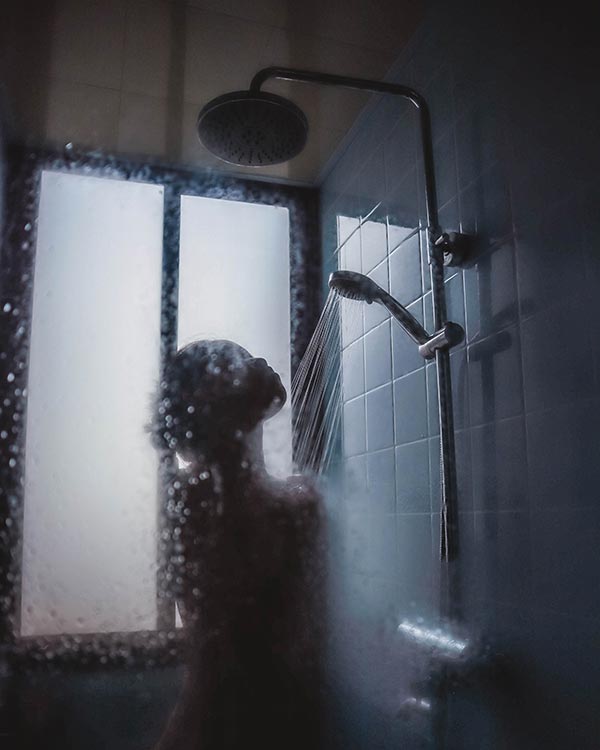
The reason behind this is that your pore will be open, so hot bathes can cause a form of skin damage.
Staying Dehydrated
Another important thing that you should do after cupping therapy is drinking plenty of water throughout the day.
Water is the ingredient that works hand in hand with the cupping method to flush out all the extracted toxins and stagnations. That’s why you should avoid being dehydrated for a long time after the session.
Performing Vigorous Exercise Right After
People react differently to cupping therapy. Some might feel a bit tired and sleepy, while others might feel highly energetic.
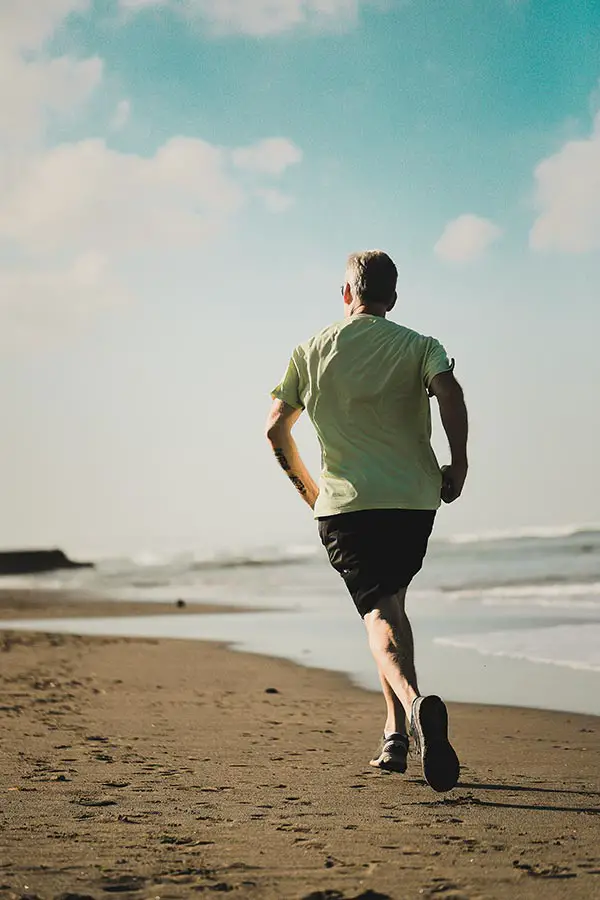
However, it’s always recommended that you avoid putting your body in intense conditions like vigorous exercising right after the session to give your body a chance to recover fully.
Wearing Synthetic Textiles
Cupping puts a lot of work on your skin and the superficial layer of muscles beneath it. That’s why your skin becomes highly vulnerable to damage and irritations right after the session.
For that reason, it’s better that you wear cotton clothes and avoid any form of synthetic textiles, such as polyester.
Sleeping Late
Ideally, your body starts the process of flushing the toxins while you’re sleeping. That’s why getting enough rest every day is one of the golden standards of the success of the after-care plan.
You should avoid going to bed late and staying up for a long time. In fact, some cupping therapists might even suggest taking a nap once you’re home.
Eating Too Much Food
Hydration is vital for flushing toxins. But, food is also essential for the recovery of the muscles after the strong cupping.
Unlike water, too much food can be a bit problematic and do more harm than good. Ideally, you should avoid dairy products, meats, and high-fat meals right after cupping therapy.
These foods require a lot of energy for digestion, so you should avoid them to spare the energy for better recovery.
Having a Deep Tissue Massage or Acupuncture Session
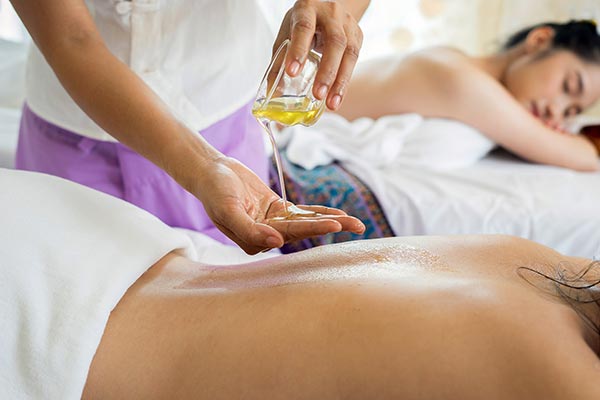
Combining different therapy methods is always a great idea. However, following a cupping session with another therapy session directly isn’t recommended.
You should give your body at least one or two days of rest between cupping and any other form of therapy, including cupping sessions themselves!
Drinking Alcoholic Beverages
It’s no secret that drinking alcohol will compromise your brain recovery process. However, that’s not the problem here.
While some practitioners might say that a couple of drinks are fine, some believe that alcohol is a form of toxin that will disrupt the essence of cupping itself.
Also, it’s crucial that you take care of the cupping site after therapy, which you won’t be able to maintain as you drink.
Sunbathing, Sitting in Steam Rooms, and Saunas
As harmless as these practices might look, they all have noticeable skin effects on a microscopic level.
Sun can induce further damage to the vulnerable skin. Also, hot saunas and steam rooms can cause inflammation to the skin.
Swimming
Swimming, especially in pools, is always not recommended after cupping. These pools contain large concentrations of chlorine, which is toxic to the skin.
The open pores will allow the chlorine to accumulate in your skin, causing severe inflammatory conditions that feel like acute sunburns.
Stressing Yourself
As you already know, cupping isn’t only a physical process. A lot of patients report being emotional for some days after the therapy, as some emotions might be stirred up during therapy.
Avoid getting over-stressed while recovering from cupping therapy and give yourself time to recover properly to avoid hindering the effects of the session.
Applying Certain Creams
If you don’t like the bruise-like discoloration of the cupping, you can use certain creams to help your body heal fast. For example, vitamin K creams.
However, you don’t need to apply anti-inflammatory creams or massage creams on the cupped areas. First, you won’t need them, as cupping isn’t painful.
Also, some components might not be recommended for open wounds, which is the case in wet cupping.
Wrap Up
There you have it. A complete guide with everything you should avoid after cupping therapy, so you can make the most out of it.
As you can see, a vigorous cupping therapy session can be a bit intense on your skin and mind as well. So, you should provide your body with sufficient rest and water as well as proper nutrition for a healthier body and soul after the session.
Related Reading:

Try our Anti-Aging Gua Sha Tool designed to bring out your skin’s natural glow.
Best Gua Sha Product- Anti-Aging: The tool is designed to target 11 specific aging signs such as wrinkles and sagging skin. By following the 7-step routine, users can improve skin firmness and reduce fine lines naturally.
- Enhances Skincare Routine: It works effectively with serums and lotions, boosting absorption and efficacy of skincare products.
- Visible Skin Improvement: Users can expect a smoother complexion, reduced puffiness, and a more youthful appearance.
 P. Sze
P. Sze 